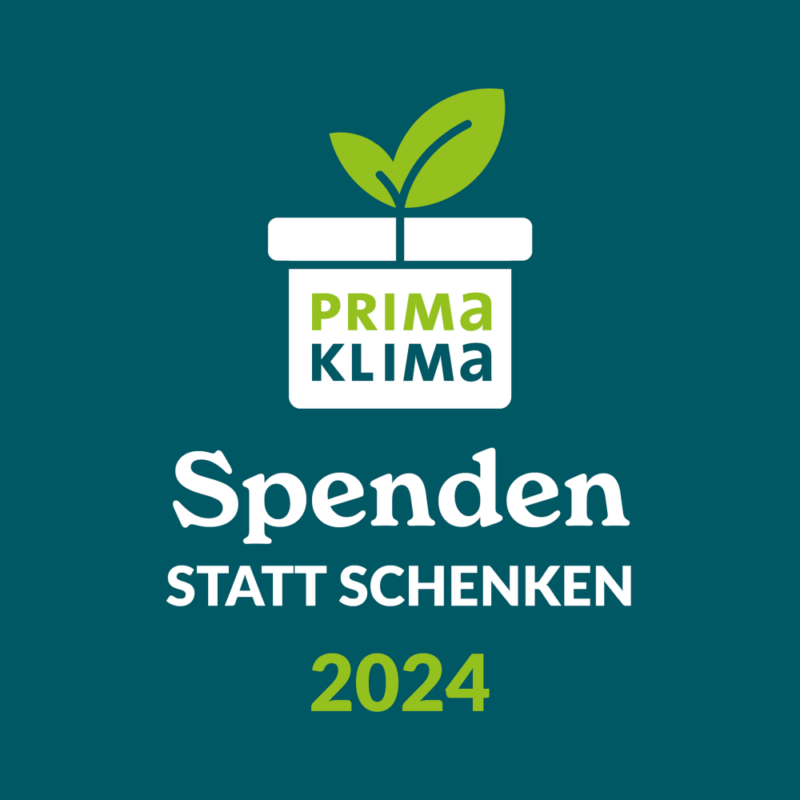Whitepaper on sustainability management with the SAP Sustainability Control Tower
Companies are currently faced with the challenge of finding out how sustainably they operate and where there is potential for optimization. And for good reason: from the 2025 financial year, all large EU companies will be obliged to record and report on the European Sustainability Reporting Standards (ESRS) on the basis of the Corporate Sustainability Reporting Directive (CSRD). The SAP Sustainability Control Tower (SAP SCT) can provide valuable support in this context. With SAP SCT, SAP companies are relying on an integrated cloud solution, the development of which has also incorporated a great deal of expertise from numerous auditing firms. This ensures that SAP SCT meets all compliance requirements, provides a holistic view of business processes, and makes a valuable contribution to minimizing risk in the company.
The group of companies subject to reporting requirements expands
On January 5, 2023, the Corporate Sustainability Reporting Directive (EU) 2022/2464 came into force – with far-reaching consequences: The CSRD amends, among others, the Accounting Directive (Directive 2013/34/EU), the Transparency Directive (Directive 2004/109/EC) and the Statutory Audit Directive (Directive 2006/43/EC). All EU member states must transpose the new regulations into national law by July 2024 at the latest. In this context, the CSRD aims to introduce binding EU standards and to increase the accountability of companies with regard to ESG issues. Companies are therefore required to document and describe in more detail the impact of their business activities on people and the environment, as well as the form that corporate responsibility takes.
All large EU companies that meet two of the following three criteria are primarily affected by this directive. In Germany alone, around 15,000 companies will be subject to reporting requirements in the next few years:
- The company has more than 250 employees,
- more than 40 million euros in net sales,
- or more than 20 million euros in total assets.
For all companies that meet two of the criteria listed here, the reporting requirement should generally apply from fiscal year 2025. It can be assumed that the EU requirements will become even stricter in the future. In the following year, small and medium-sized capital market-oriented EU companies will also be included in the scheme. Companies outside the European Union that generate more than EUR 150 million in sales in the EU, operate at least one branch or subsidiary in the EU and exceed certain thresholds will also be affected by the reporting obligation in the future.
All important KPIs at a glance with SAP SCT
Due to increasingly stringent reporting requirements, companies are required to closely monitor and manage financial as well as sustainability and governance metrics. SAP companies can use the integrated cloud solution SAP Sustainability Control Tower (SCT), which has been available on the market in its current form since the end of 2022. With this solution, companies that already use SAP can benefit from a “direct turnkey integration” with data sources of already existing SAP applications, for example SAP S/4HANA. In addition, SAP SCT can be easily embedded into an entire ecosystem of sustainability solutions, thus enabling companies to build a sustainability solution from a single source.
How to use SAP SCT optimally
Promote the holistic management of your company by defining goals, deriving actionable insights from robust sustainability data and creating auditable ESG (Environmental, Social and Corporate Governance) reports. In our white paper, you can read in detail about the many different scenarios in which SAP SCT can be used in this context, the technological structure of the cloud solution, and how the SAP Sustainability Control Tower can be seamlessly integrated into an existing SAP landscape:





